Darkness, rain, wind, cold, snow... Welcome to the SaintéLyon. Not exactly ideal conditions for running, right? Yet, thousands will gather at the starting line of this event, which is more than a race - it’s an adventure. Darkness, rain, wind, cold, snow... It doesn’t sound appealing on paper! And yet, every year, runners come back for more. Why? Because these extreme conditions are what make this legendary and unique ultra-trail so iconic as it celebrates its 70th edition this year.
Baptiste Chassagne, a Näak ultra-trail runner and recent 2nd place finisher at the UTMB, has participated in the SaintéLyon three times. It’s his favorite race and one he dreams of winning. His key takeaway? “Unusual race conditions call for a tailored nutrition plan!” Based on his experience with the SaintéLyon, here are this local athlete’s expert nutrition tips to help you conquer your own nighttime journey.
NÄAK TIPS is our new series of articles where our professional trail and ultra-trail athletes share their advice and experiences to help you achieve your goals on race day. To read more articles in this series, click here.
BEFORE THE SAINTÉLYON
NUTRITION TIP #1 BY BAPTISTE CHASSAGNE: “UNDERSTAND THE SPECIFICITIES OF THE SAINTÉLYON AND THEIR IMPACT ON NUTRITION”
"The SaintéLyon is not your average race. Its unique challenges directly impact your nutrition strategy. First, it takes place at the end of the season, a time when physical and mental fatigue are often high. Your body doesn’t feel as fresh, and your mind lacks motivation. To stay on track, I focus on enjoyment throughout my preparation—both in training plans and daily nutrition.
Next, the cold naturally increases energy expenditure as the body burns more calories to stay warm. I make sure to compensate for this caloric loss through nutrition. The cold and humidity also affect digestive comfort, as these additional ‘stressors’ increase intestinal permeability. That’s why it’s important to be mindful of what you eat and drink during the race.
Finally, a key factor: the SaintéLyon runs when you’d usually be sleeping! This greatly impacts pre- and mid-race nutrition—think saltier foods, more caffeine, and warm drinks. I’ll explain all of this in detail!"
"To stay on track, I focus on enjoyment throughout my preparation—both in training plans and daily nutrition."
NUTRITION TIP #2 BY BAPTISTE CHASSAGNE: “ADJUST MEALS ON RACE DAY”
*"The 11:30 PM start time disrupts typical meal routines. Personally, I follow a late schedule, eating lunch around 2 PM and dinner around 9 PM. On race day, I adjust this routine. I wake up at 8 AM after a solid night’s sleep and head out for a 45-minute fasted jog to wake up my muscles. I then drink a coffee, eat a fruit, and have a shaker of Näak Recovery™ Complete Mix.
At 1 PM, I have lunch: rice, some cooked vegetables, and two eggs. If I’m aiming for a big day, I even treat myself to a square of chocolate for dessert! (Smiles) I also plan a small snack around 4 PM - Näak Waffles and applesauce - because I always feel oddly hungry after an afternoon nap. Finally, I eat a simple dinner, a bowl of rice, at 8 PM, about three hours before the start. Afterward, I lie down for 30 minutes for a moment of calm to aid concentration and digestion."
"On race day, I wake up at 8 AM after a solid night’s sleep and head out for a 45-minute fasted jog to wake up my muscles."
"I eat a simple dinner, a bowl of rice, at 8 PM, three hours before the start, before lying down."
NUTRITION TIP #3 BY BAPTISTE CHASSAGNE: “PREP A WARM-UP DRINK AND EAT A WAFFLE BEFORE THE START”
"In the hour before the start, I carry a 500 mL flask with one dose of Ultra Energy™ Drink Mix, providing about 125 kcal. This helps offset the energy loss from the warm-up and, more importantly, the pre-race stress. At the starting line, as I’m fidgeting with nervous excitement, I eat a small Näak Waffle. I avoid eating it too early to prevent reactive hypoglycemia, which can lead to shaky feelings in the first few kilometers!"
"The warm-up drink offsets energy loss from the warm-up and pre-race stress."
NUTRITION TIP #4 BY BAPTISTE CHASSAGNE: “FREE YOUR STOMACH BY OPTING FOR A PACK INSTEAD OF A BELT”
"As mentioned earlier, the cold and humidity increase intestinal permeability, heightening the risk of digestive issues. To avoid this, I recommend using a trail pack to carry your nutrition and hydration instead of a belt, which may apply additional pressure on an already sensitive stomach."
"I recommend using a trail pack for your nutrition and hydration instead of a belt to avoid unnecessary pressure on your stomach."
DURING THE SAINTÉLYON
NUTRITION TIP #5 BY BAPTISTE CHASSAGNE: “INCREASE ENERGY INTAKE COMPARED TO AN ULTRA-TRAIL”
"For the UTMB—the goal I’ve trained for throughout the rest of the season—I prepare to spend about 20 hours in the mountains. The SaintéLyon, on the other hand, takes me around 6 hours. This makes the effort much more intense. To sustain it, I increase my energy intake. During the UTMB, I consume an average of 350 kcal per hour, whereas for the SaintéLyon, I aim for 500 to even 550 kcal per hour. To ensure my body is prepared for this shift, I condition it through specific ‘gut training’ during key autumn sessions. My nutrition plan to reach this calorie intake relies on one flask of a Näak prototype Drink Mix - set to launch in 2025 - and one Ultra Energy™ Puree per hour."
"During the UTMB, I consume an average of 350 kcal per hour, whereas for the SaintéLyon, I aim for 500 to even 550 kcal per hour."
NUTRITION TIP #6 BY BAPTISTE CHASSAGNE: “OPT FOR SAVORY FOODS”
"This is more of a personal preference than a piece of advice, but for the SaintéLyon, I tend to favor savory foods. Perhaps it subtly tricks the body into staying alert by making it think it’s running during the day. So I personally opt for Näak's Salted Soup Drink Mix and Sweet Potato Purees."
NUTRITION TIP #7 BY BAPTISTE CHASSAGNE: “DRINK WARM AND STAY MINDFUL ABOUT HYDRATION”
"In the cold and humidity, you naturally feel less thirsty. This sensation is deceptive - you can become dehydrated without realizing it! I make it a point to drink small sips regularly, every 10 minutes, targeting one 500 mL flask per hour. In these flasks, I use two types of Drink Mix: Salted Soup or a higher-calorie prototype Drink Mix. I add hot water to them for a comforting effect, both mentally and for my stomach. This requires some logistical planning with my support team, who prepare several thermoses of boiling water before the race."
"In the cold and humidity, you naturally feel less thirsty. This sensation is deceptive - you can become dehydrated without realizing it! "
NUTRITION TIP #8 BY BAPTISTE CHASSAGNE: “INCREASE YOUR CAFFEINE INTAKE”
"The SaintéLyon is a night race that requires maximum alertness and vigilance. To stay awake when my body is usually asleep, I worked with my dietitian-nutritionist, Jocelyn, to create a ‘caffeine strategy.’ One of Näak’s key strengths is the Näak Lab, a workshop that creates custom-made products tailored to our needs as athletes. For this race, they developed caffeinated energy gels for me. However, it’s entirely possible to get your caffeine dose through other means, such as näak’s Caffeine Ultra Energy™ Gel, coffee or sodas that contain it."
Insight from Jocelyn Guillot, Dietitian-Nutritionist for Baptiste Chassagne and other elite trail runners, ultra-runners, and cyclists:
"Caffeine has a direct positive impact on performance by reducing the perception of effort, decreasing pain perception, and keeping you alert. The recommended dose is between 3 and 6 mg of caffeine per kilogram of body weight. This should be adjusted individually, as some people may have difficulty digesting it. That’s why I recommend consuming caffeine before the race or during its early stages, when the digestive system hasn’t yet been significantly affected by fatigue, intensity, humidity, or cold. Instead of focusing on an hourly dosage, I suggest aiming for a total dose spread out through regular intakes before and during the first part of the race. Caffeine sources include Näak Caffeine Energy Bars and Gel, coffee, tea or Coca-Cola."
NUTRITION TIP #9 BY BAPTISTE CHASSAGNE: “PACK YOUR BAG SO EVERYTHING IS EASILY ACCESSIBLE, EVEN WITH FROZEN HANDS”
"I personally suffer from Raynaud’s syndrome, meaning my hands are highly sensitive to the cold - they freeze easily and quickly become unusable. My movements then become much less precise. To prepare, I organize everything so I barely need to use my hands: I can drink directly from my flasks by tilting my head, and my Energy Bars or Purees are pre-opened."
"My hands are very sensitive to the cold. I prepare ahead of time and organize everything so I barely need to use them."
AFTER THE SAINTÉLYON:
NUTRITION TIP #10 BY BAPTISTE CHASSAGNE: “THE POST-SAINTÉLYON BRUNCH - A TRADITION”
"The SaintéLyon marks the end of the season. Crossing the finish line symbolizes the conclusion of the year. With my loved ones, we’ve established a tradition: the post-race brunch. It’s a moment of connection I never miss, as it allows me to thank them and express how lucky I feel to have them by my side."
"With my loved ones, we’ve established a tradition: the post-race brunch. It’s a moment of connection I never miss, as it allows me to thank them and express how lucky I feel to have them by my side."














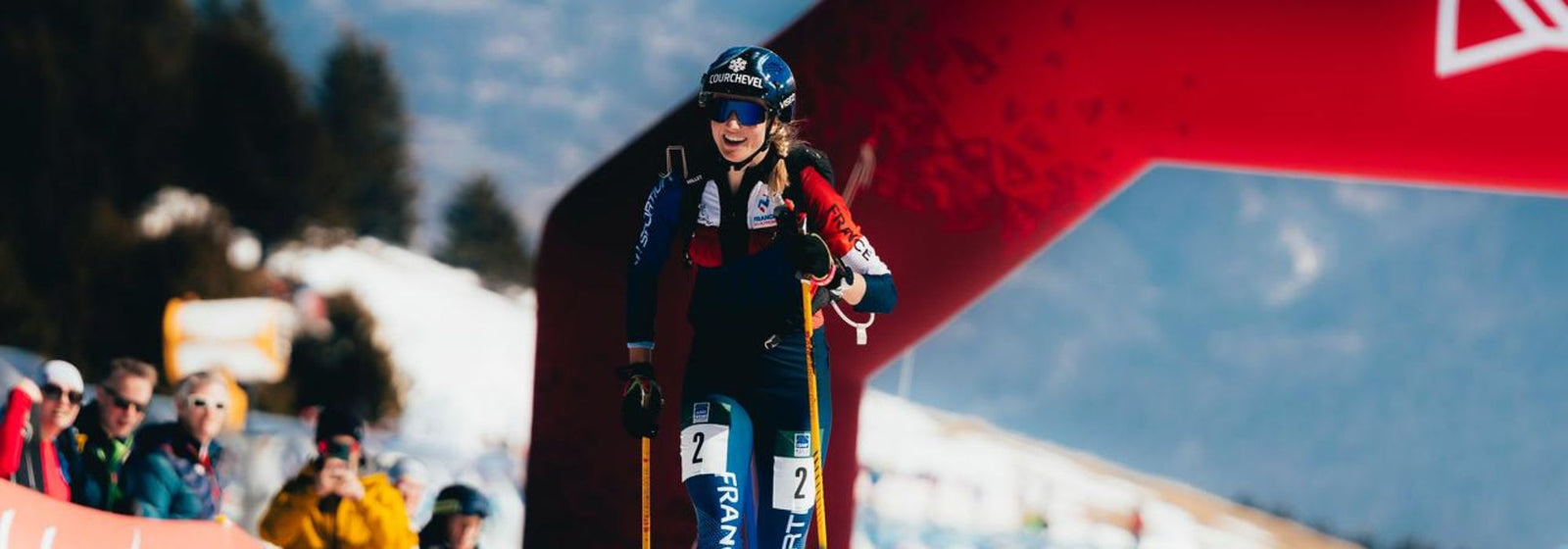


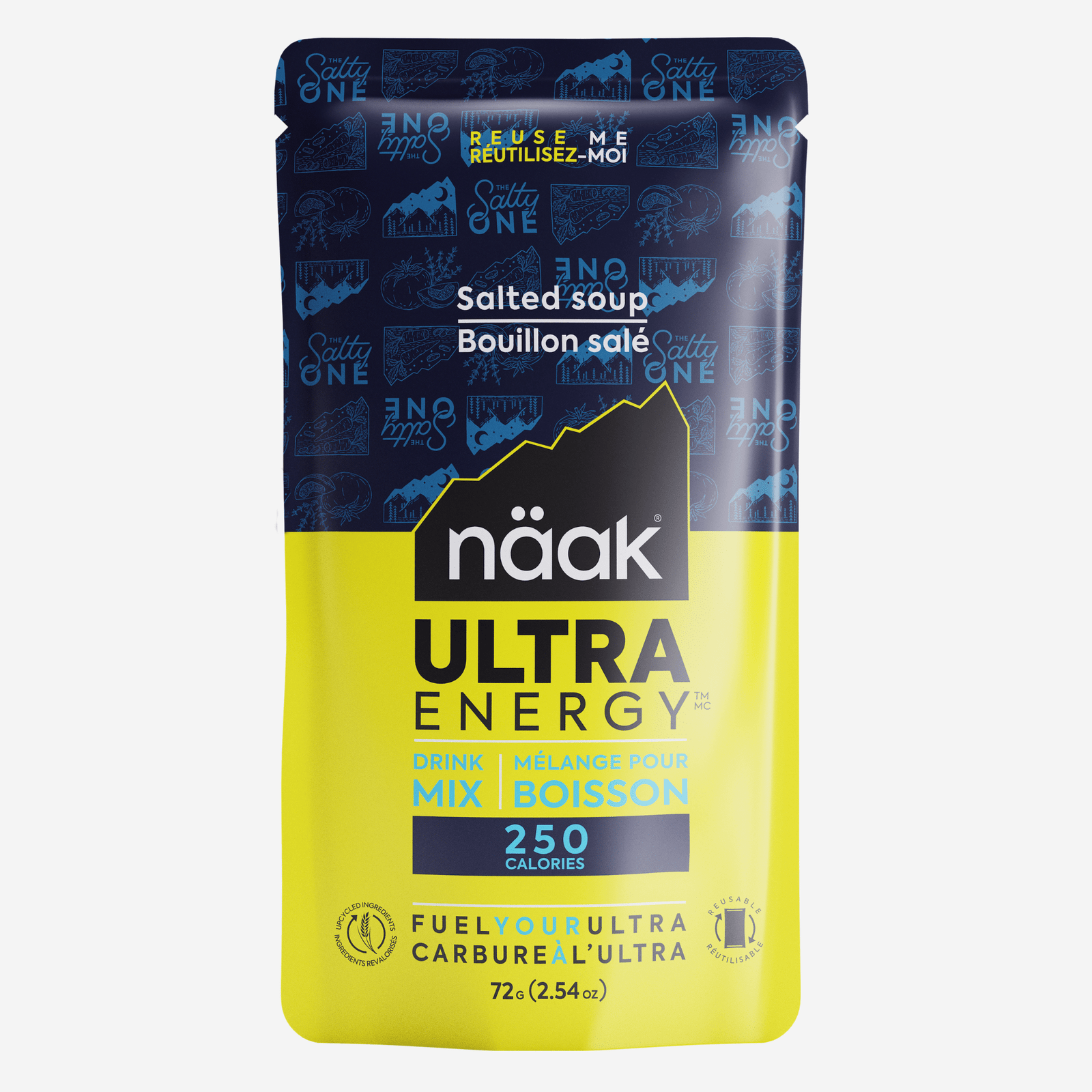
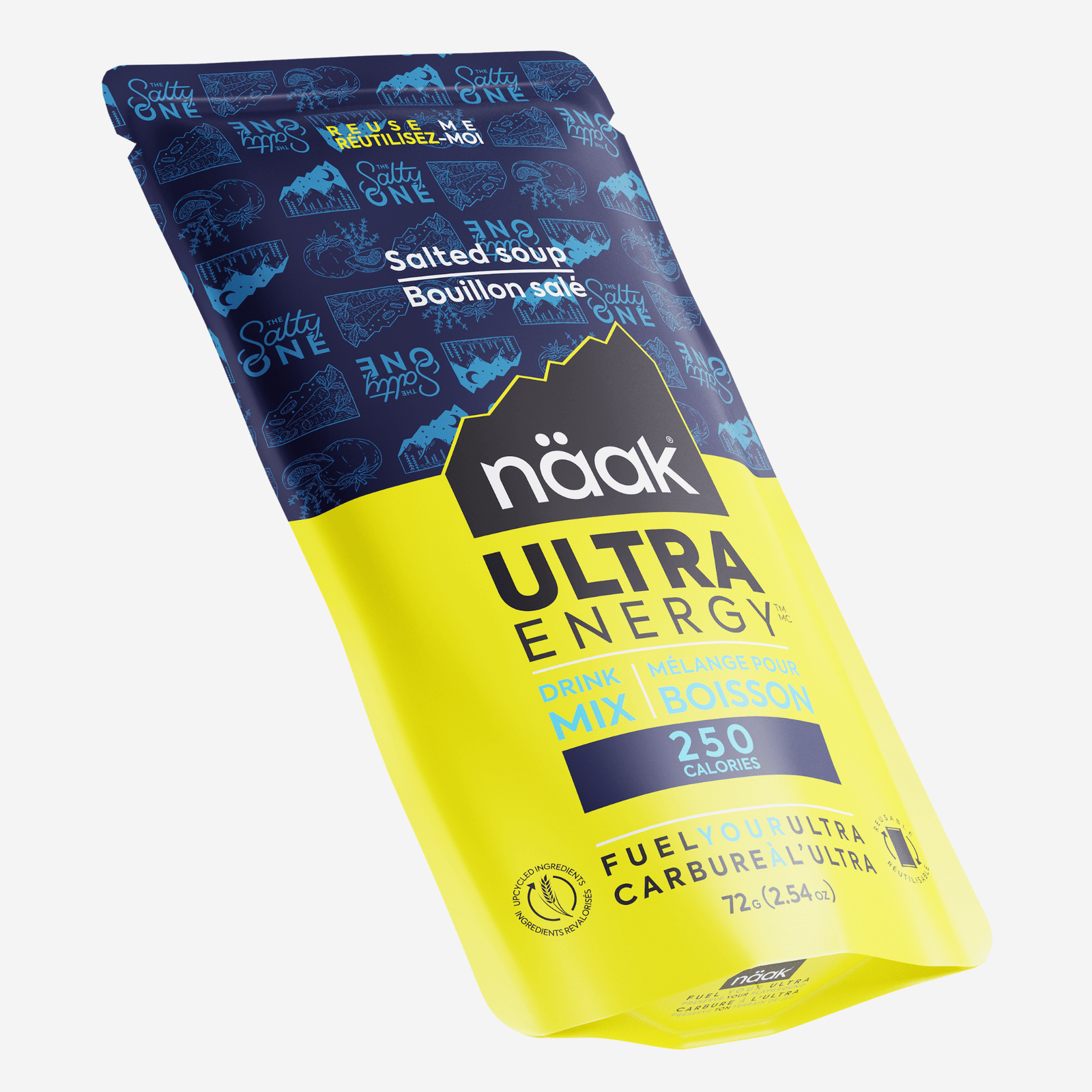

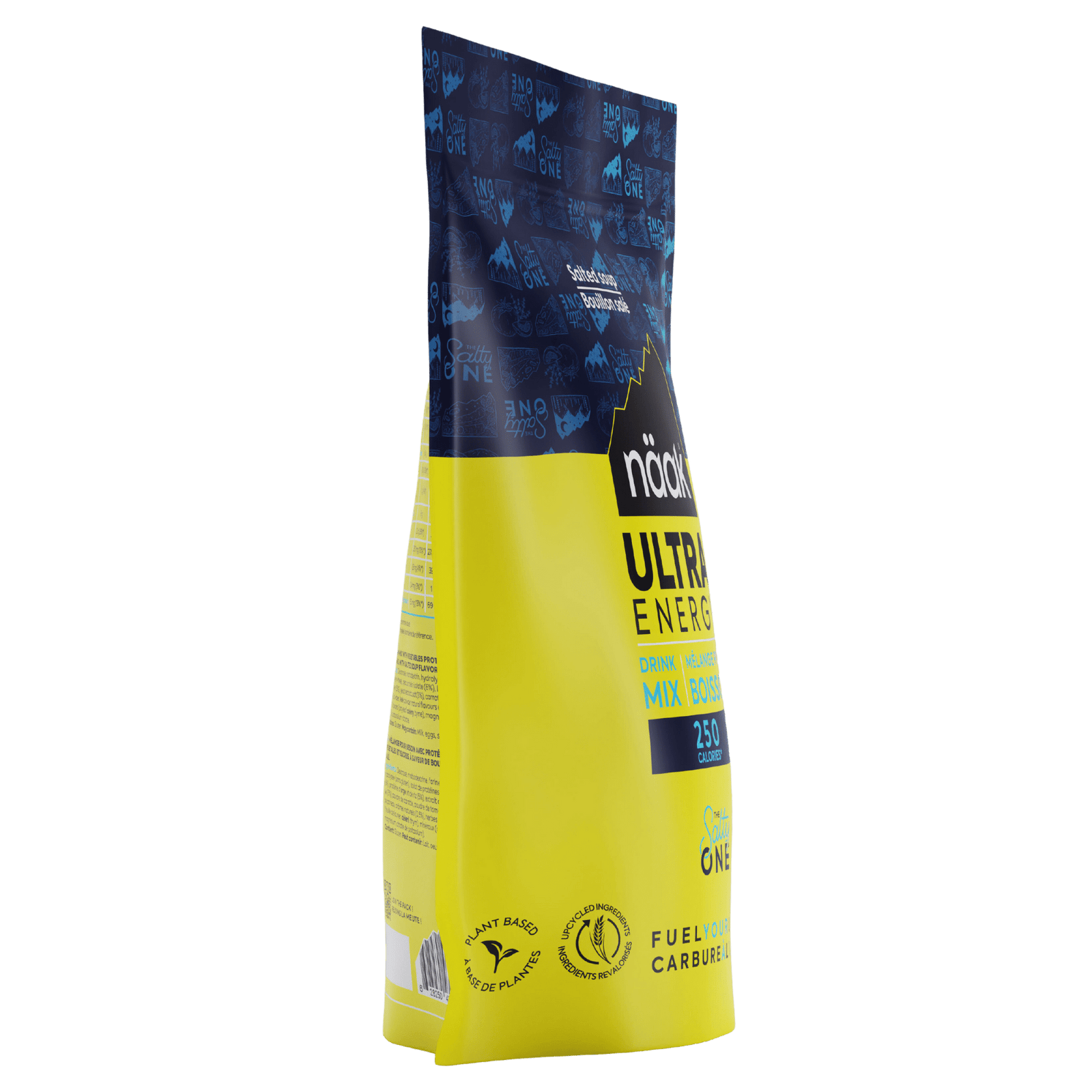
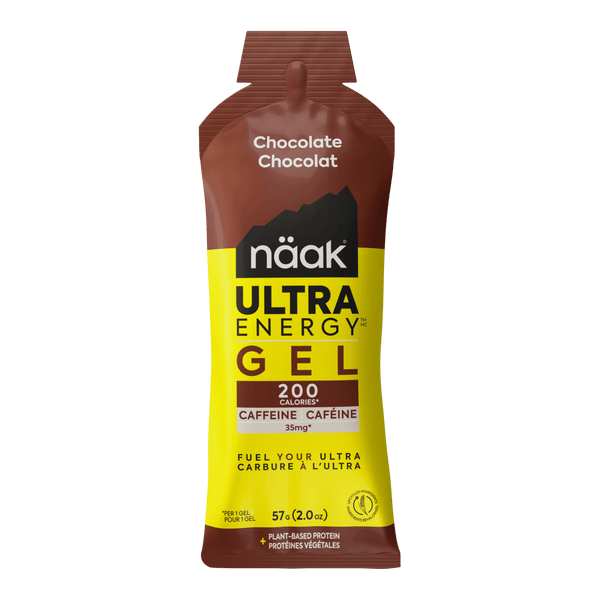
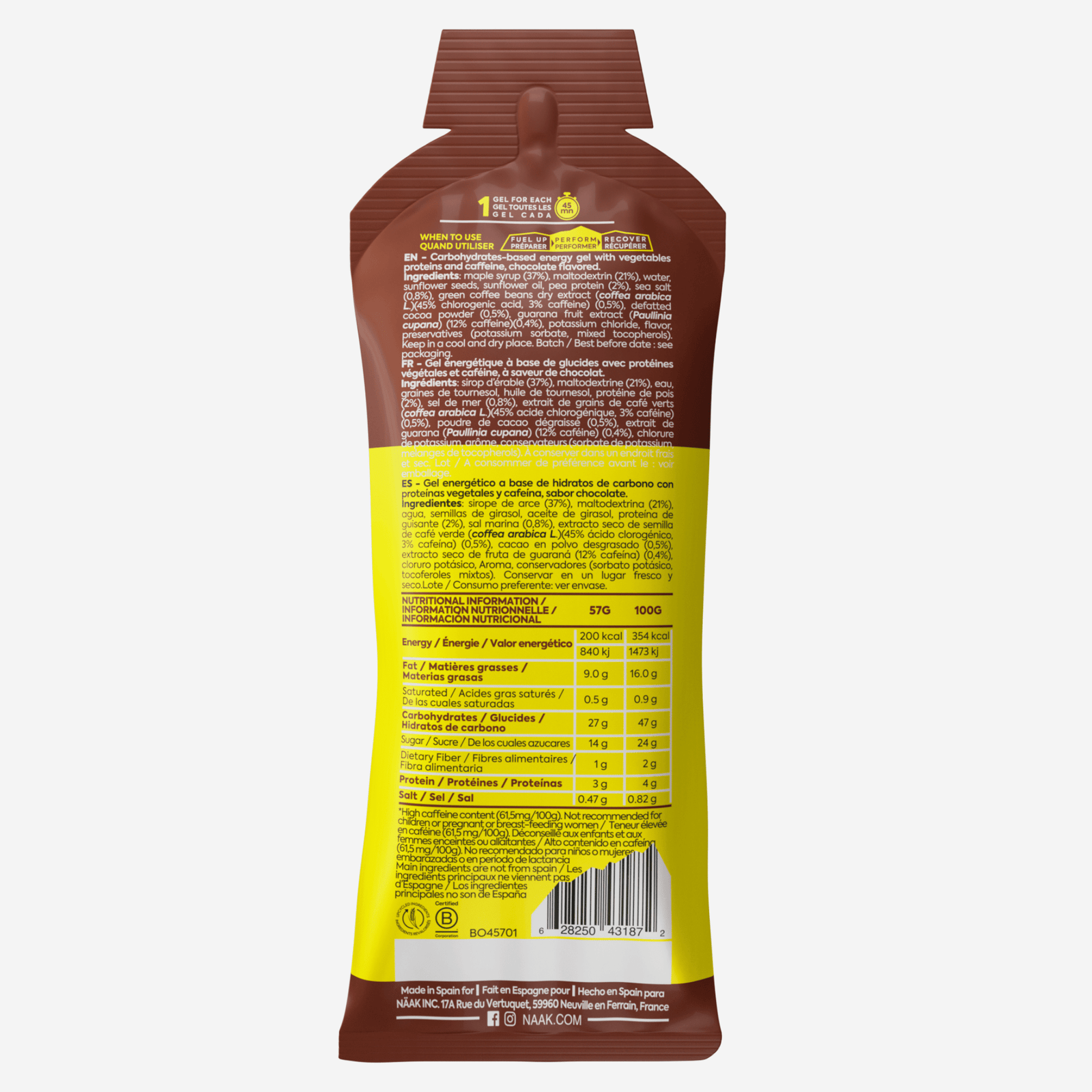


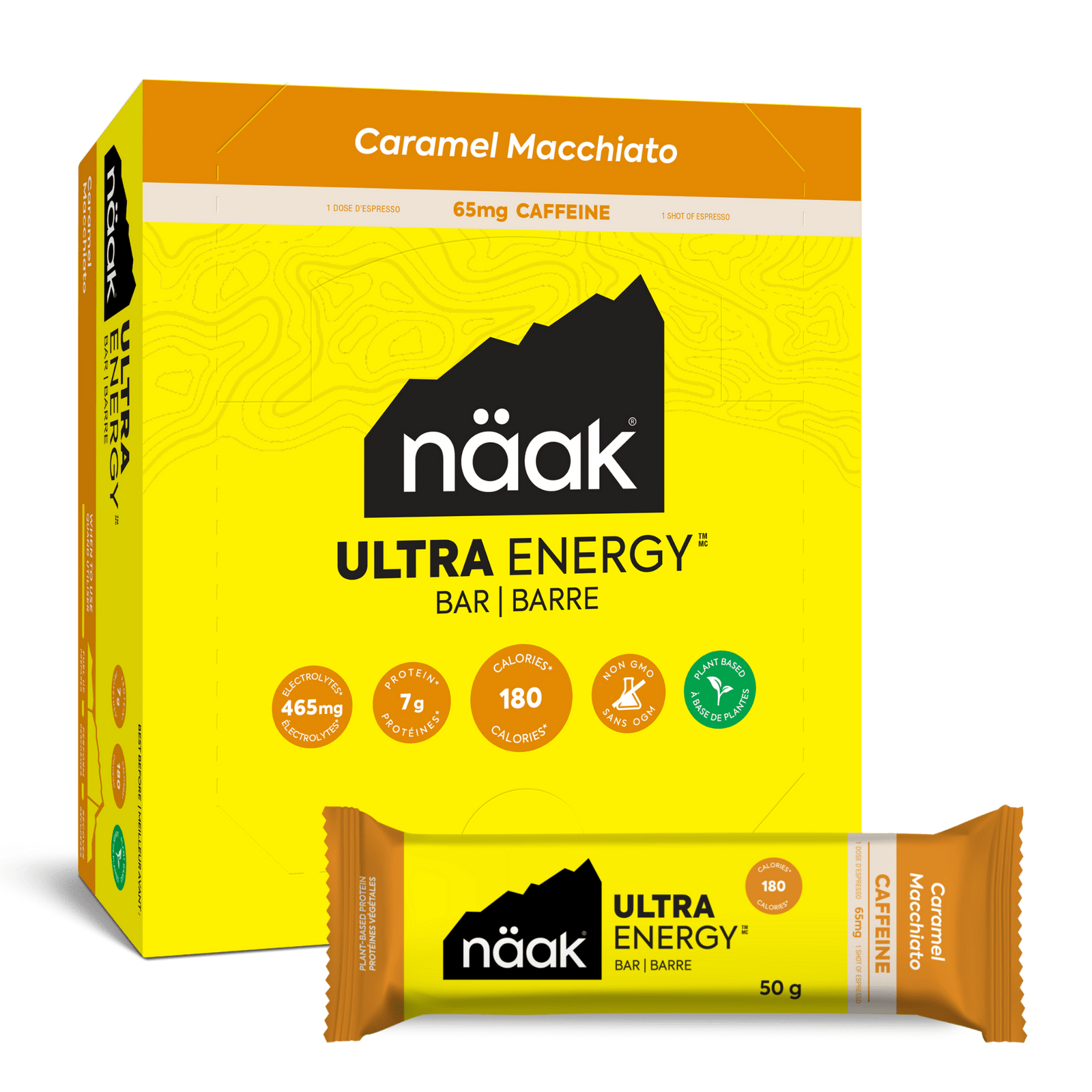



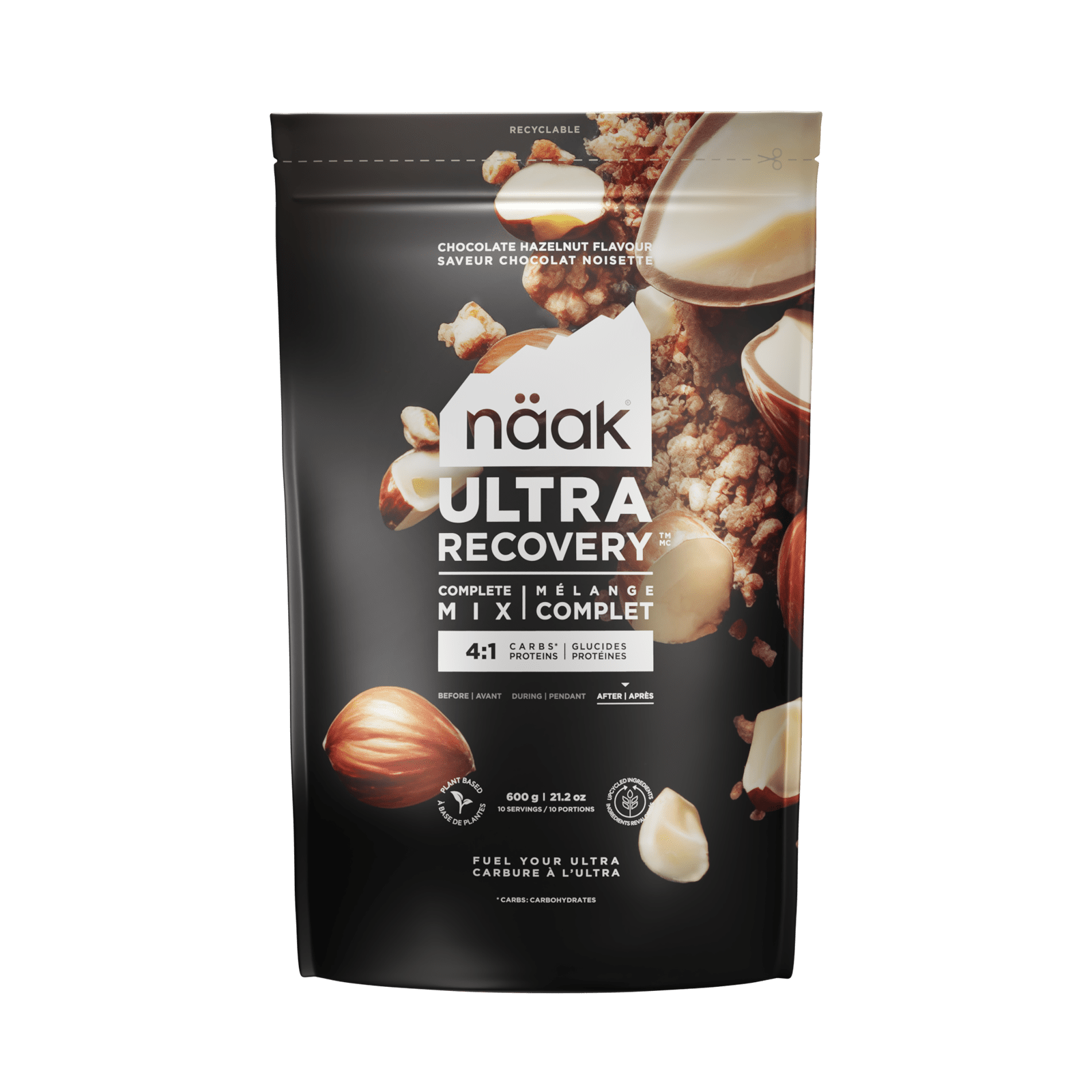

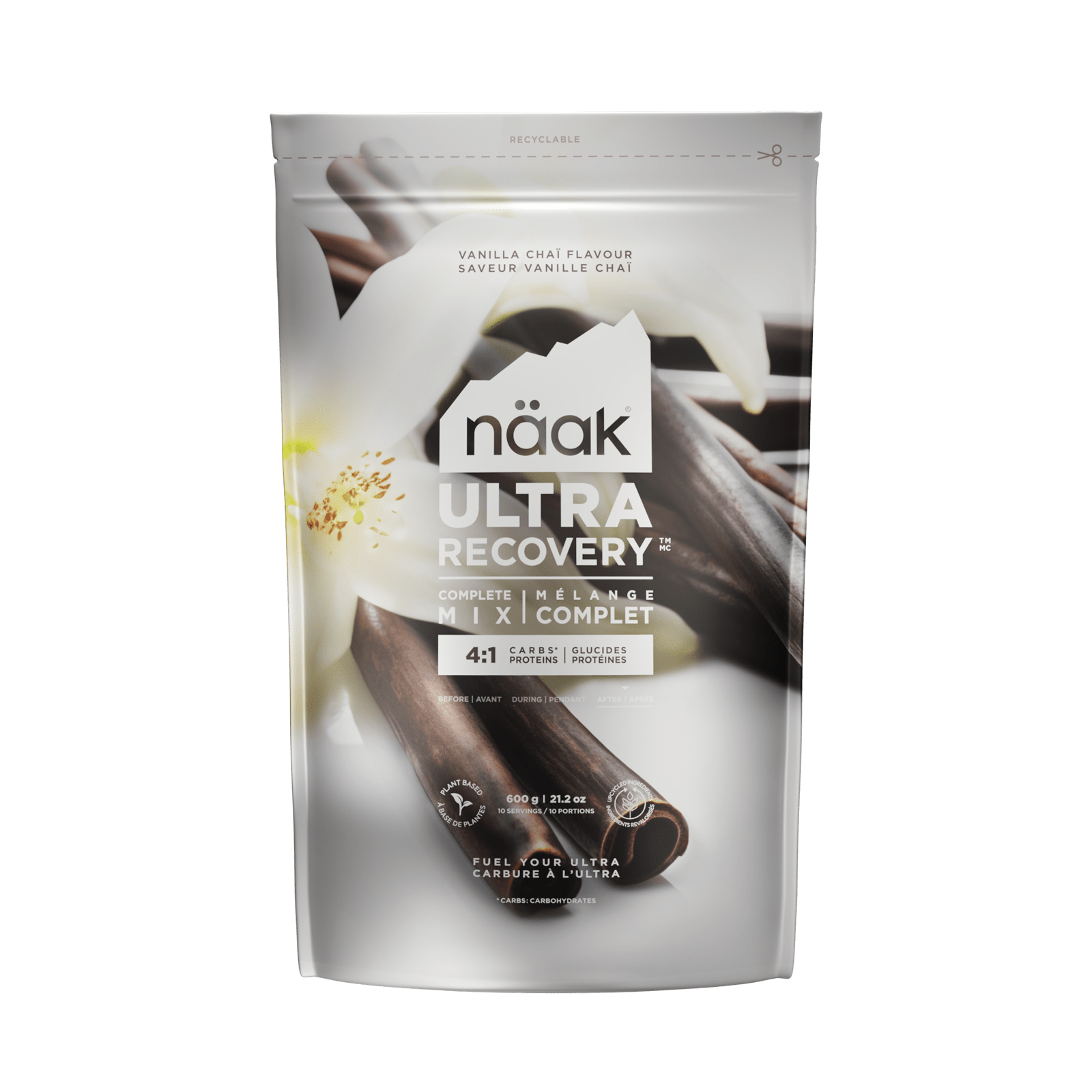
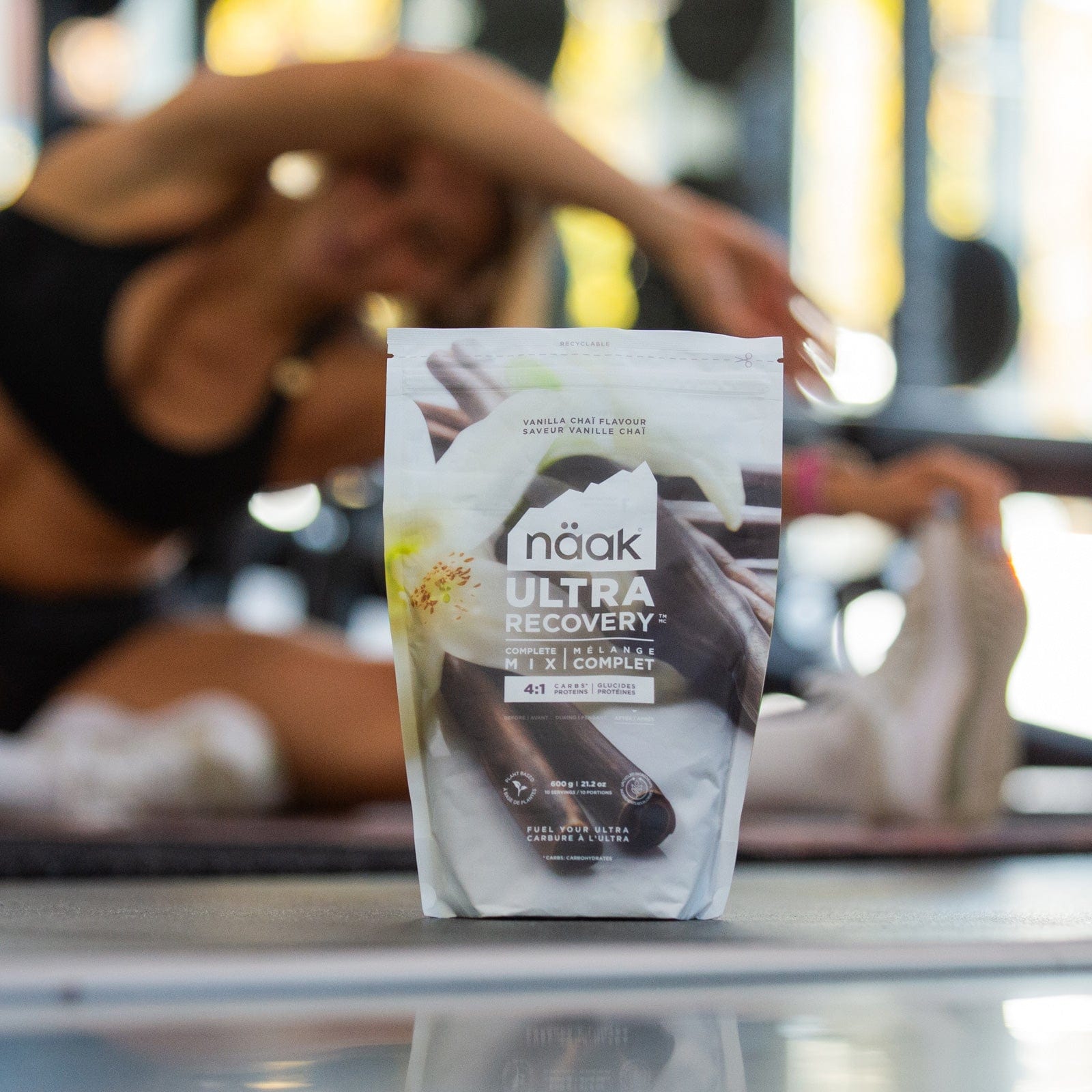
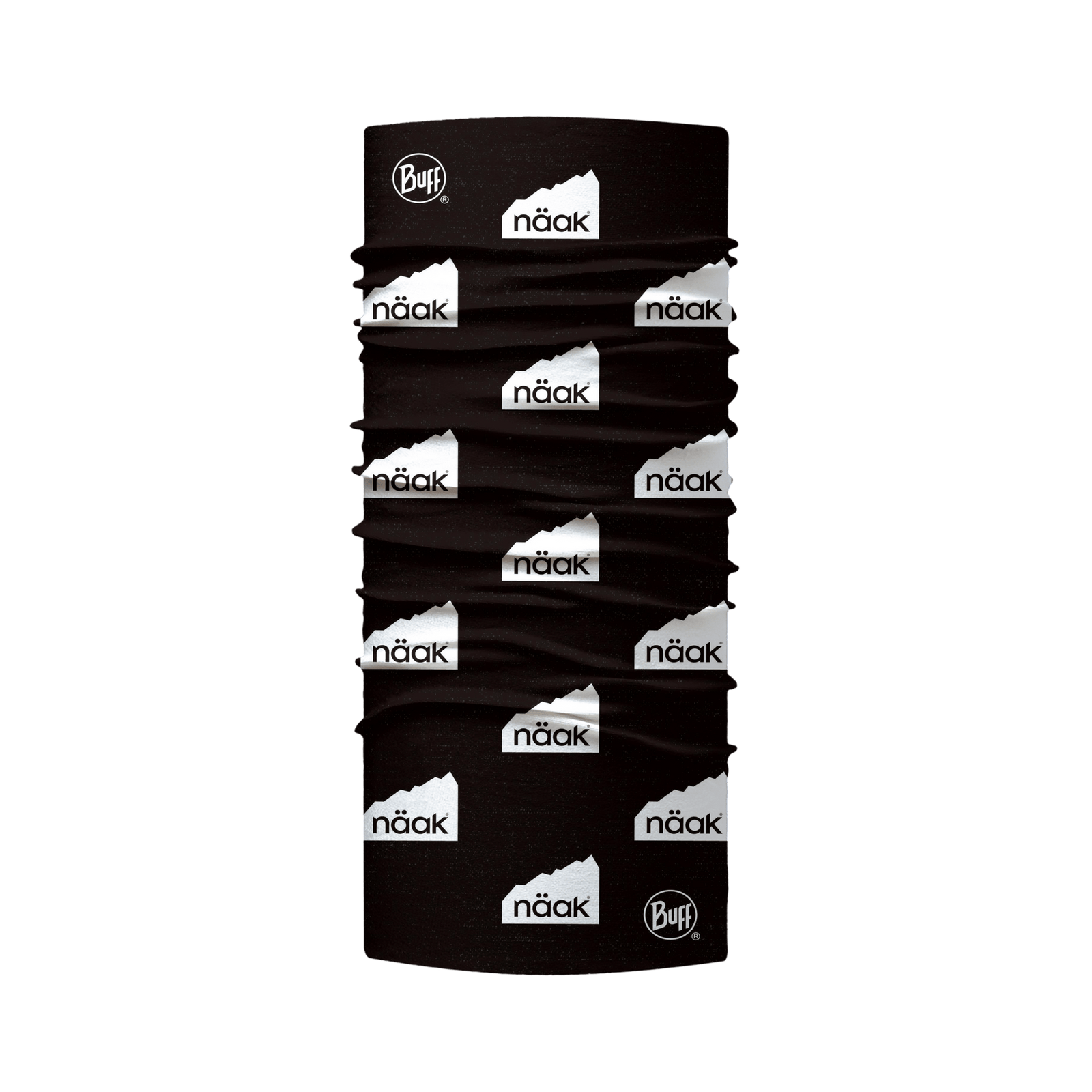
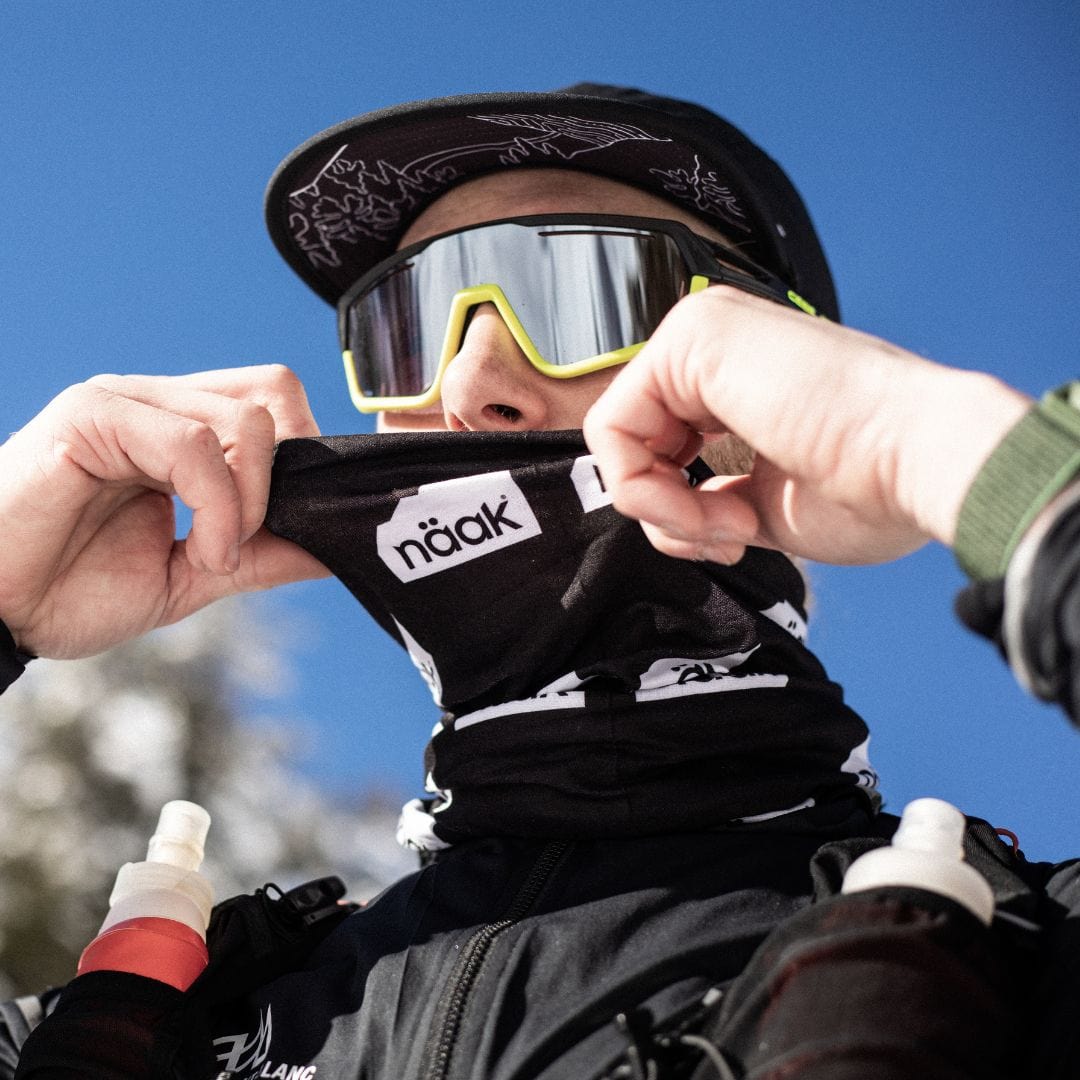
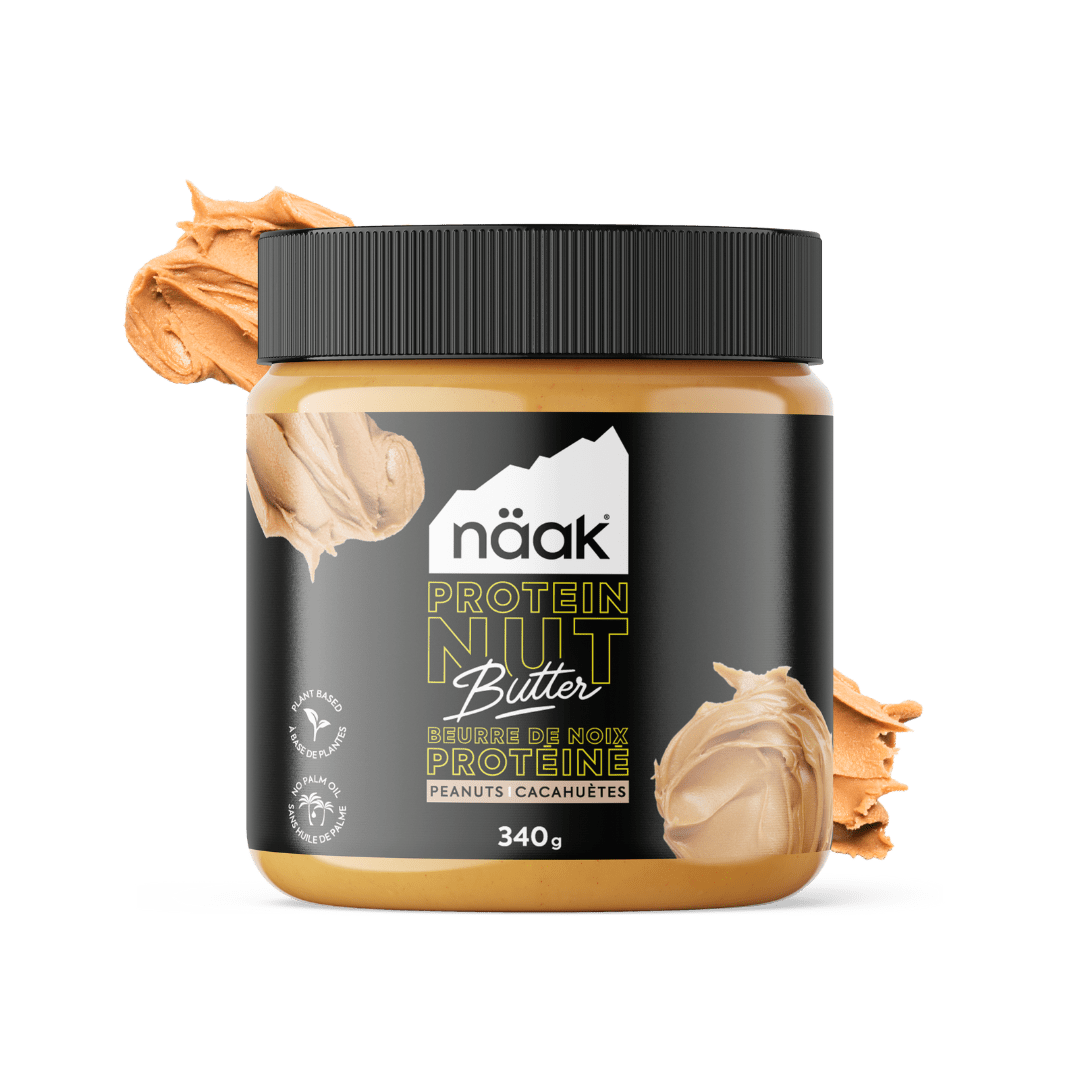
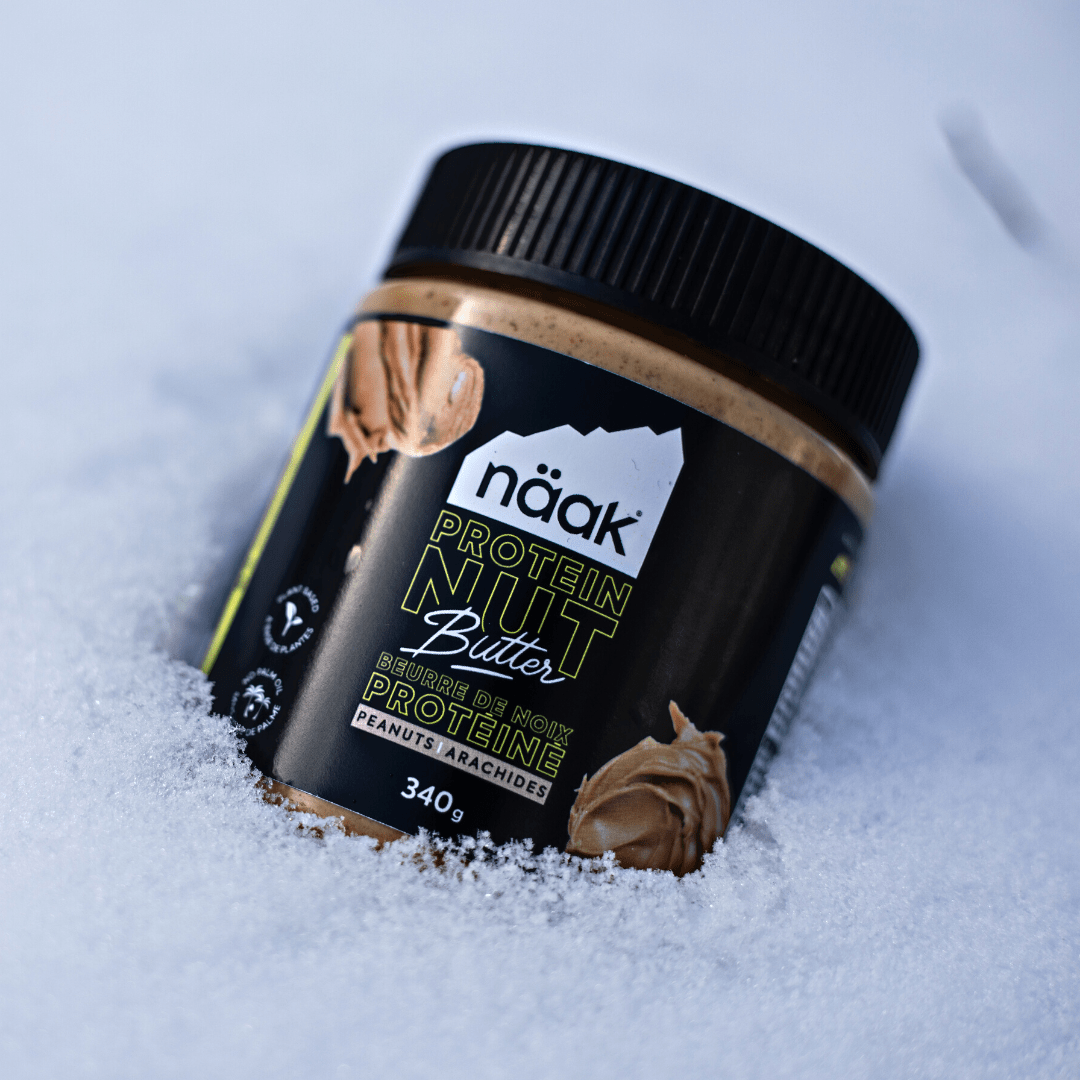
Leave a comment (all fields required)